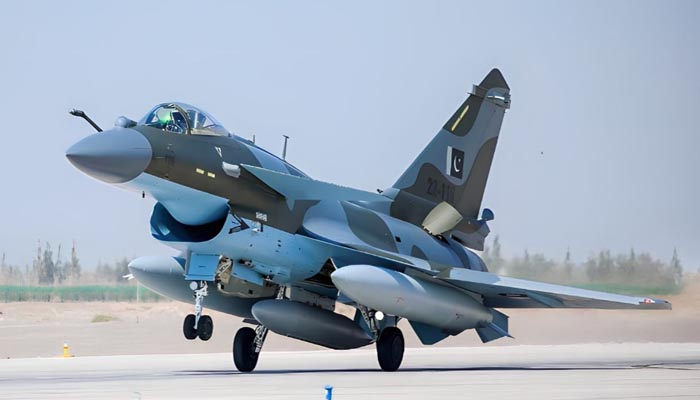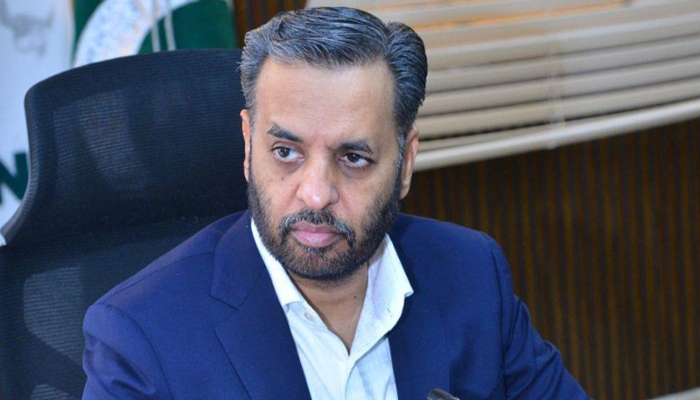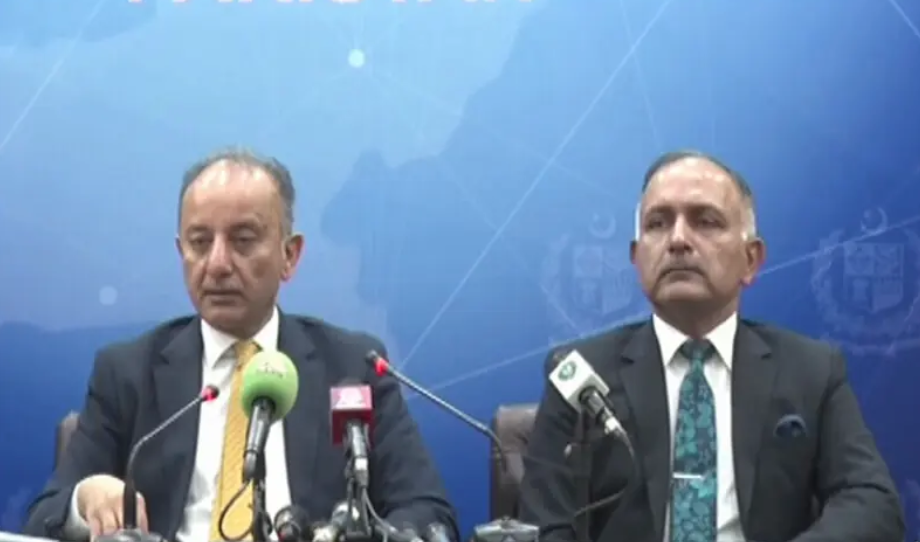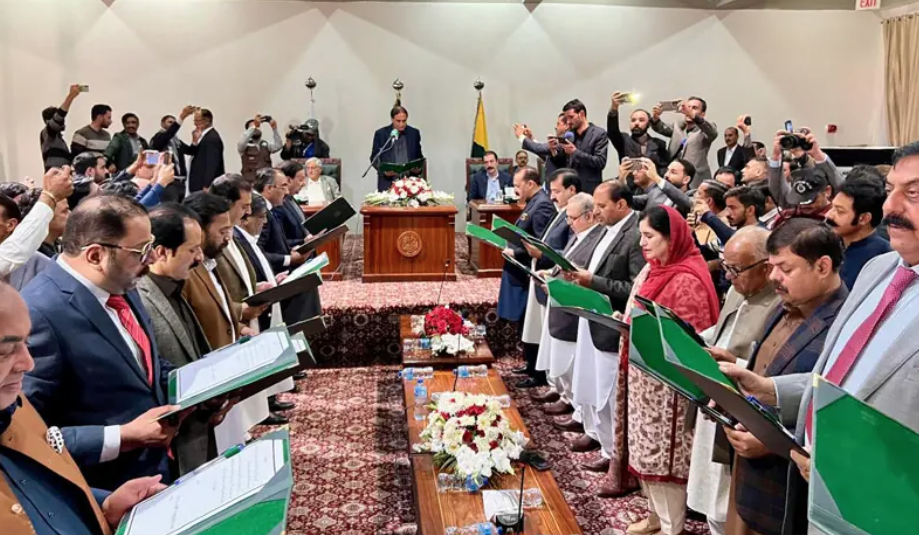POLITICS & POLICY MAKING

A report submitted to the US Congress by the US-China Economic and Security Review Commission has shed light on the four-day conflict between Pakistan and India in May 2025. The report highlights Pakistan’s military success over India during the clash, noting the role of Chinese weapons systems and intelligence in the outcome.
The US-China Economic and Security Review Commission described the May conflict as a key event that showcased China’s growing defense capabilities. According to the report, Pakistan's military, which relied heavily on Chinese weaponry, reportedly downed up to seven Indian planes in air-to-air combat. Islamabad also claimed to have hit 26 Indian targets after conducting multiple airbase strikes, though New Delhi disputes these claims.
The report points out that the conflict served as an important testing ground for China’s modern weapons systems, including the HQ-9 air defense system, PL-15 air-to-air missiles, and J-10 fighter jets. These systems had never before been used in active combat and provided China with a real-world environment to demonstrate their capabilities. The commission noted that Beijing used the conflict to “advertise the sophistication of its weapons,” which is seen in the context of its ongoing tensions with India and its expanding defense industry goals.
China’s support for Pakistan during the clash extended beyond just weaponry. The report suggests that China provided intelligence assistance during the conflict, reportedly offering live inputs on Indian military positions to Pakistan. Though Pakistan has denied these allegations, and China has neither confirmed nor denied its involvement, the report reflects growing concerns in India over China’s increasing influence in the region.
In the years leading up to the conflict, China and Pakistan had already strengthened their military cooperation. Between November and December 2024, both countries held joint counter-terrorism drills, and China’s navy participated in Pakistan’s multinational AMAN exercises in February 2025. These exercises were seen by India as direct security threats, highlighting the shifting balance of power in the region.
Furthermore, the report revealed that China has been Pakistan’s largest defense supplier, providing about 82% of its arms imports from 2019 to 2023. In the aftermath of the May conflict, China reportedly sought to capitalize on its military successes by promoting the sale of advanced weaponry, including the J-35 fifth-generation fighter jets, KJ-500 aircraft, and ballistic missile defense systems to Pakistan.
Despite an overall decrease in Pakistan’s national budget, the country announced a 20% increase in its defense budget for 2025–2026, reflecting its continued reliance on Chinese military technology and support. The report also included allegations of a disinformation campaign by China to undermine the sale of French Rafale jets, using social media to spread misleading content about the conflict.
The May 2025 conflict between Pakistan and India was sparked by an attack on tourists in Indian-occupied Kashmir, which New Delhi blamed on Pakistan without providing evidence. Pakistan strongly denied the accusations, calling for an independent investigation. The situation escalated after India launched airstrikes on targets in Azad Kashmir, with both sides carrying out tit-for-tat attacks on each other’s airbases. The conflict only ended with American intervention on May 10, when both sides reached a ceasefire.
This report underscores the growing military and strategic ties between Pakistan and China, raising questions about the broader implications for regional security and the balance of power in South Asia.




